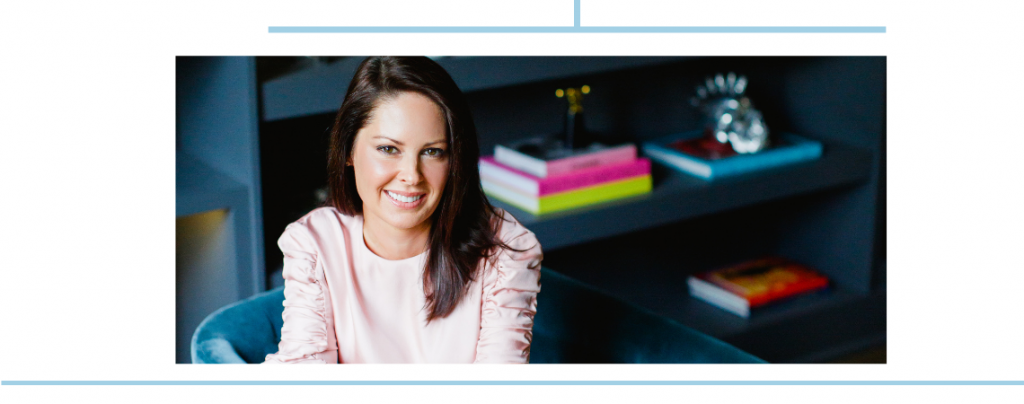“Conscious Uncoupling” and the Marital Home

The Top 3 Benefits of Working with an Interior Designer During Your Divorce
Guest Contributor: Stephanie Welborne
I’ve never been a fan of the D-word, so let’s just go with the new Hollywood “it” phrase: Conscious Uncoupling. It sounds a little less offensive and softens the blow. Regardless of the circumstances that got you here or what you want to call it, you’re either going through the process or just “inquiring for a friend.”
I’ve been in your shoes, so I know the daunting and emotional task of splitting up your family home. It was difficult for me and I’m a seasoned professional.
Residential interior design is usually perceived as a luxury service. However in some circumstances it is a necessity and even more so at the end of a marriage. This is the time for you to rely on others as much as possible.
The actually psychology of interior design is often overlooked. What makes up the surroundings of our home plays an extremely powerful role in our physical and mental health. These two factors are imperative for a transformative approach to the next chapter in life for you and your family.
Transforming your home after your divorce is not a one size fits all process. An Interior Designer will develop an action plan to alleviate the stress and emotional toll. I like to think of it as Interior Therapy, which brings me to my top 3 benefits of working with a designer:
1) Assist in dividing the interior furnishings. Whether you are staying in the marital home or moving to a new home inevitably you will end up with an array of furniture. Sometimes staying in the marital home can be harder psychologically. A designer can come with a fresh approach to redesigning your rooms with the remaining pieces that may have once served a different purpose. Moving to a new space after your divorce can be a challenge with overall furniture layouts and space planning to serve the functions of daily needs. This is also a great time to figure out what pieces you do need with the correct dimensions to avoid making costly furniture mistakes.
Selling the family home provides both people with a fresh start. This provides children with the opportunity to have a role in designing their new bedrooms. When possible, I like to work with children directly because it gives them a sense of control and a chance to express their wants and needs. This opens lines of communication which helps things run seamlessly.
2) Assist in the “Staging” process. If the marital home will be sold a designer can assist in the “Staging” process. Selecting fresh paint colors and editing personal belongings for a home to show at its full potential is the ultimate goal. Most often one party will remain in the home until it is sold so setting up existing furniture can be a challenge with the pieces that remain. I typically try to advise my clients to split furniture in “rooms” for this reason if at all possible.
3) Help with logistics. The actual logistics of moving can be overwhelming. A designer can recommend preferred movers with trusted vendors and be onsite to execute the design plan by placing those pieces in the perfect spot.
At the end of the day, our home should be a sanctuary where we leave the chaos of the outside world. A place to rest, rejuvenate and feel inspired. Where we make lasting memories with family and friends. The role of an Interior Designer is to help you create an environment that brings comfort and peace of mind with curated elements that truly reflect who YOU are, for this exciting next chapter in your life.



